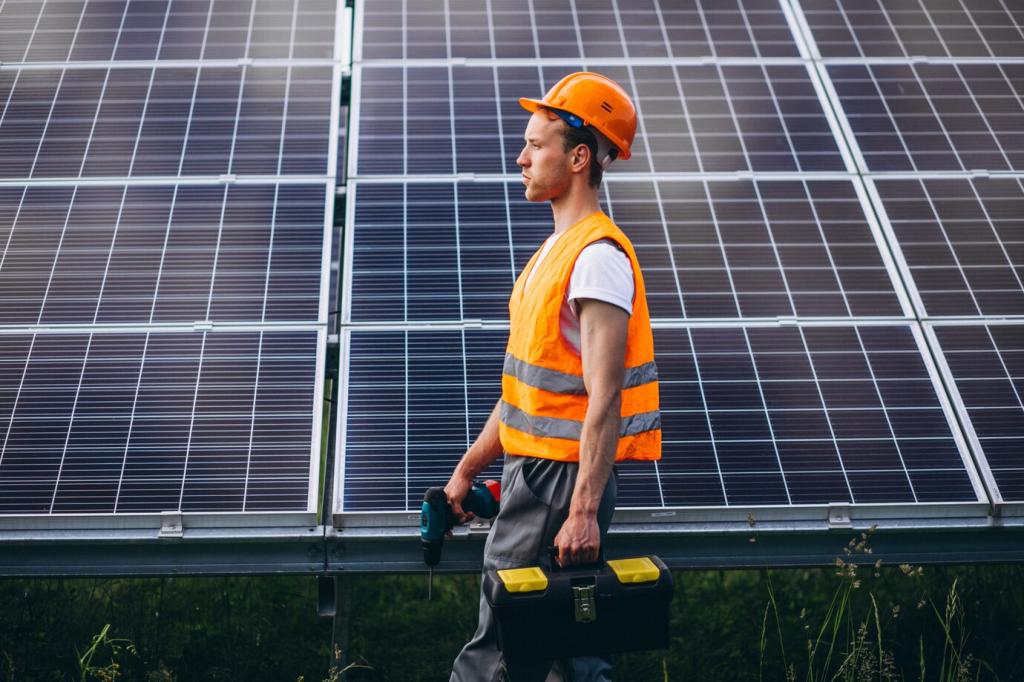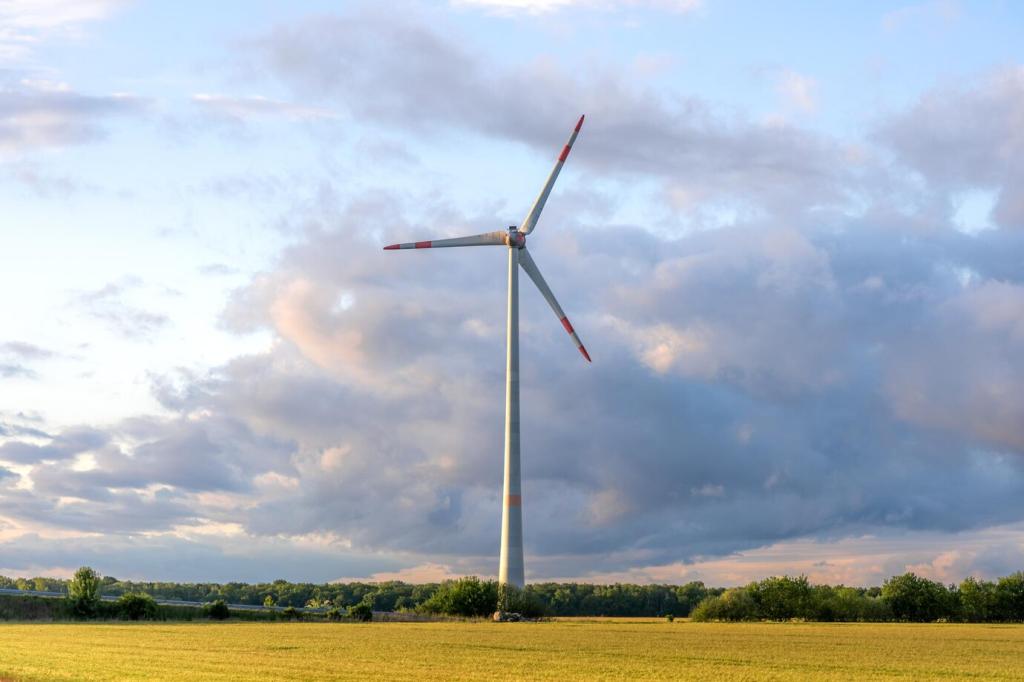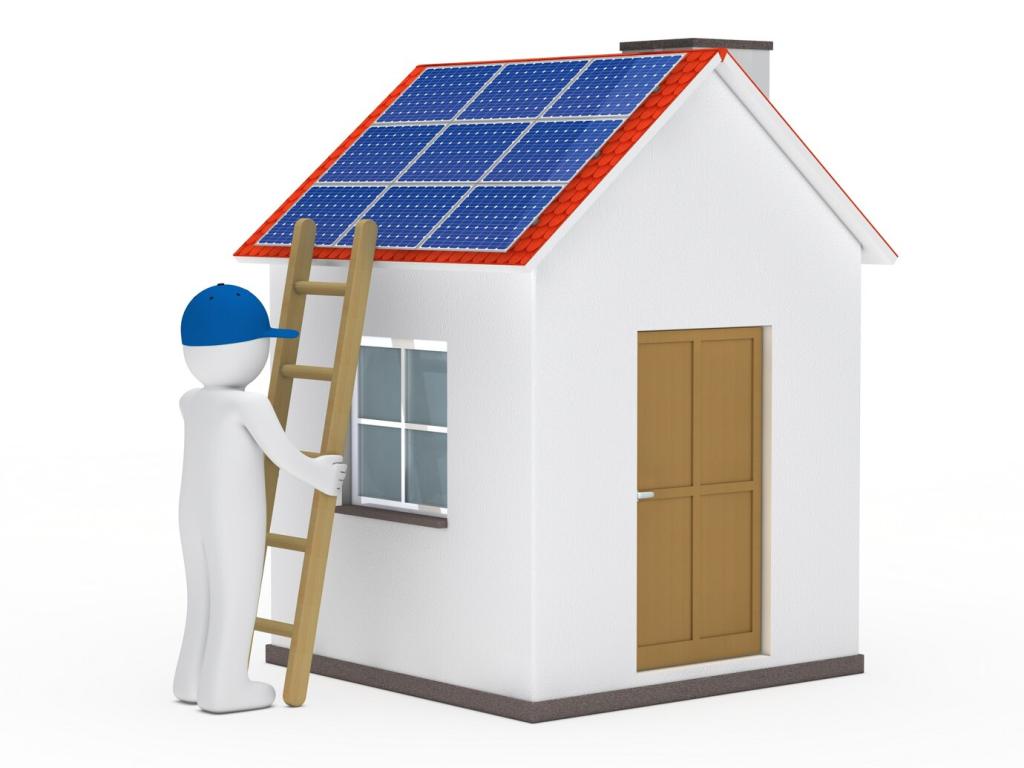Conversion Technologies Maturing Fast
Membrane systems polish biogas to pipeline-quality biomethane with fewer methane slip concerns. Utilities love the drop-in compatibility, and school districts are quietly fueling bus fleets with RNG, shrinking local emissions while funding farm digesters through long-term offtake agreements.
Conversion Technologies Maturing Fast
Integrated gasification with hot-gas cleanup feeds Fischer–Tropsch units to produce drop-in fuels, including blends for aviation trials. The emphasis is on tar control, real-time syngas quality sensors, and flexible feed acceptance that keeps plants humming through seasonal residue variability.
Conversion Technologies Maturing Fast
Heat-treated pellets resist moisture, transport efficiently, and co-fire smoothly in existing boilers. Operators say better grindability and stable energy density help forecasting and dispatch, while robust sourcing standards keep projects aligned with forest health and biodiversity objectives.
Conversion Technologies Maturing Fast
Lorem ipsum dolor sit amet, consectetur adipiscing elit. Ut elit tellus, luctus nec ullamcorper mattis, pulvinar dapibus leo.







